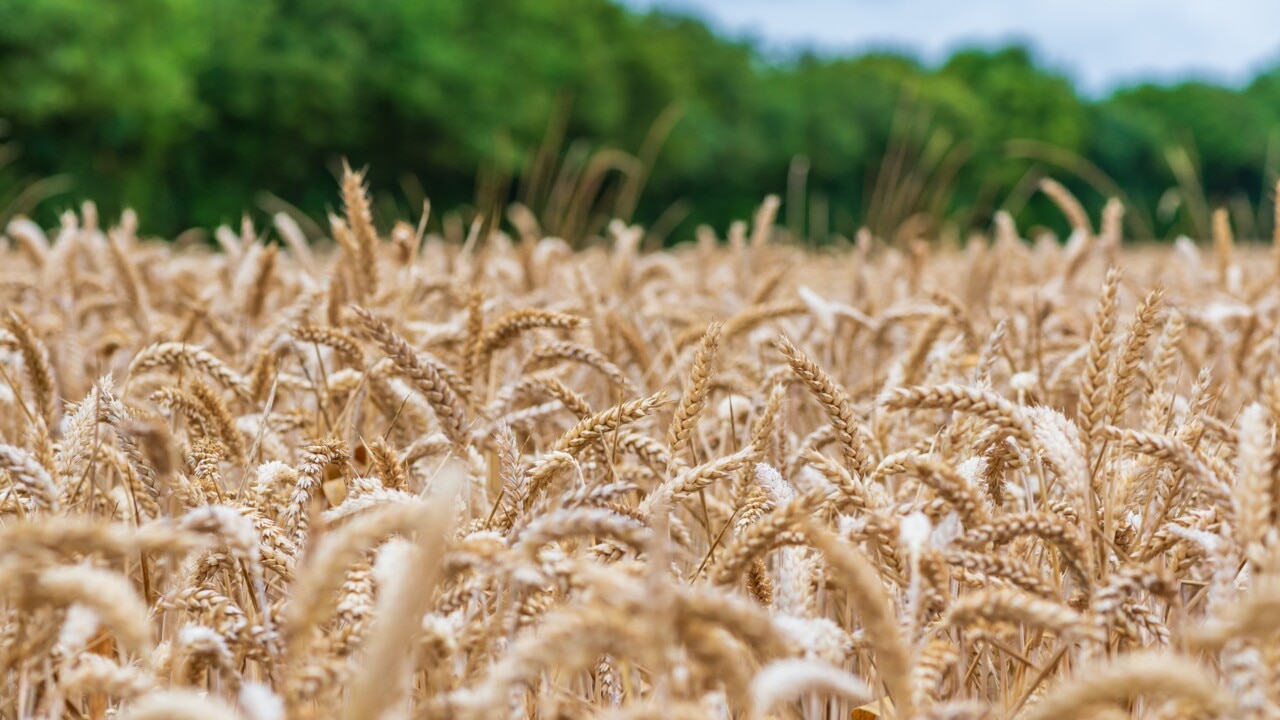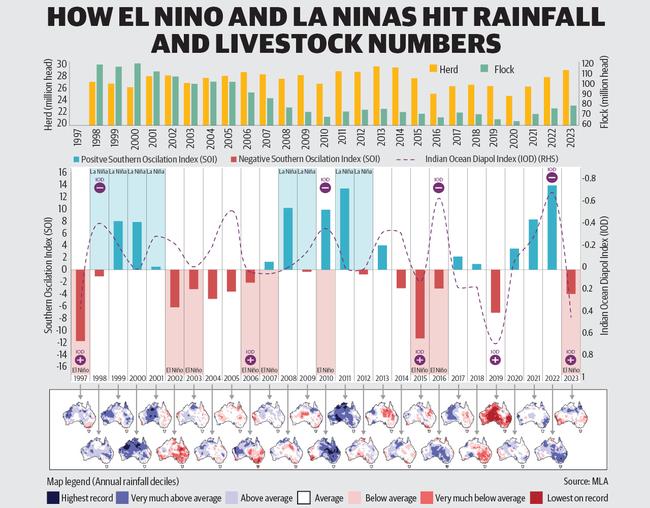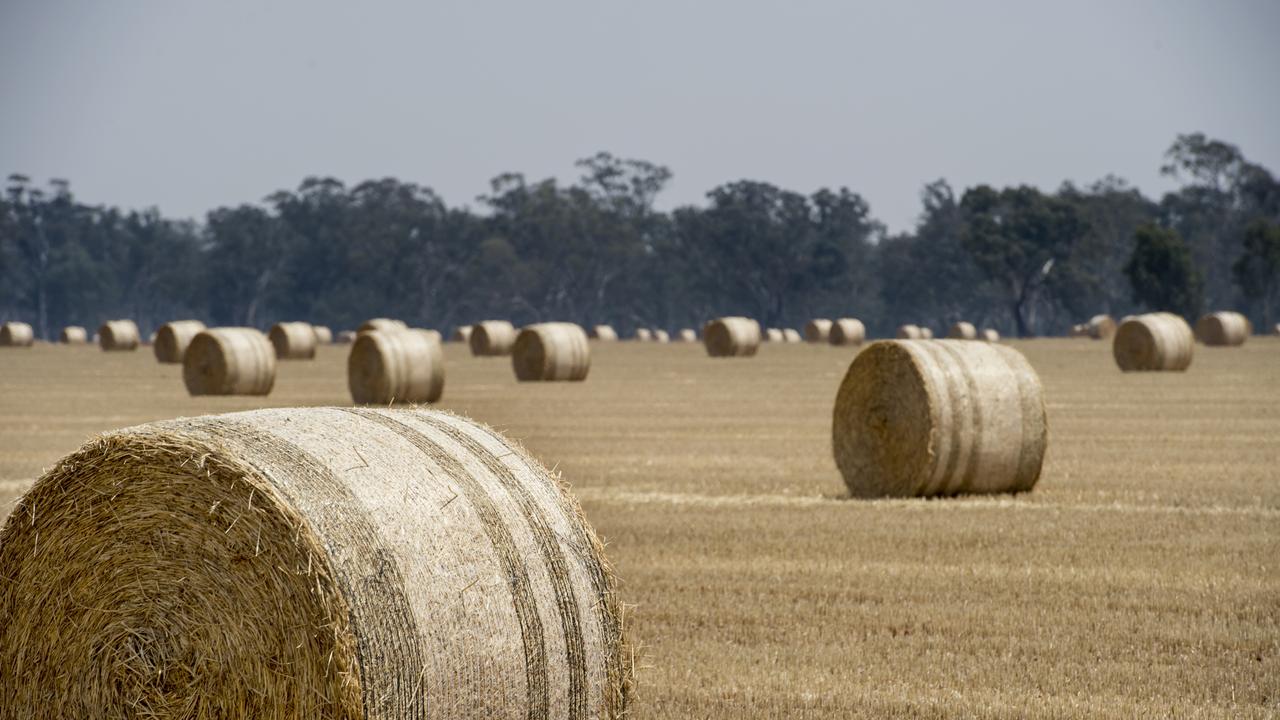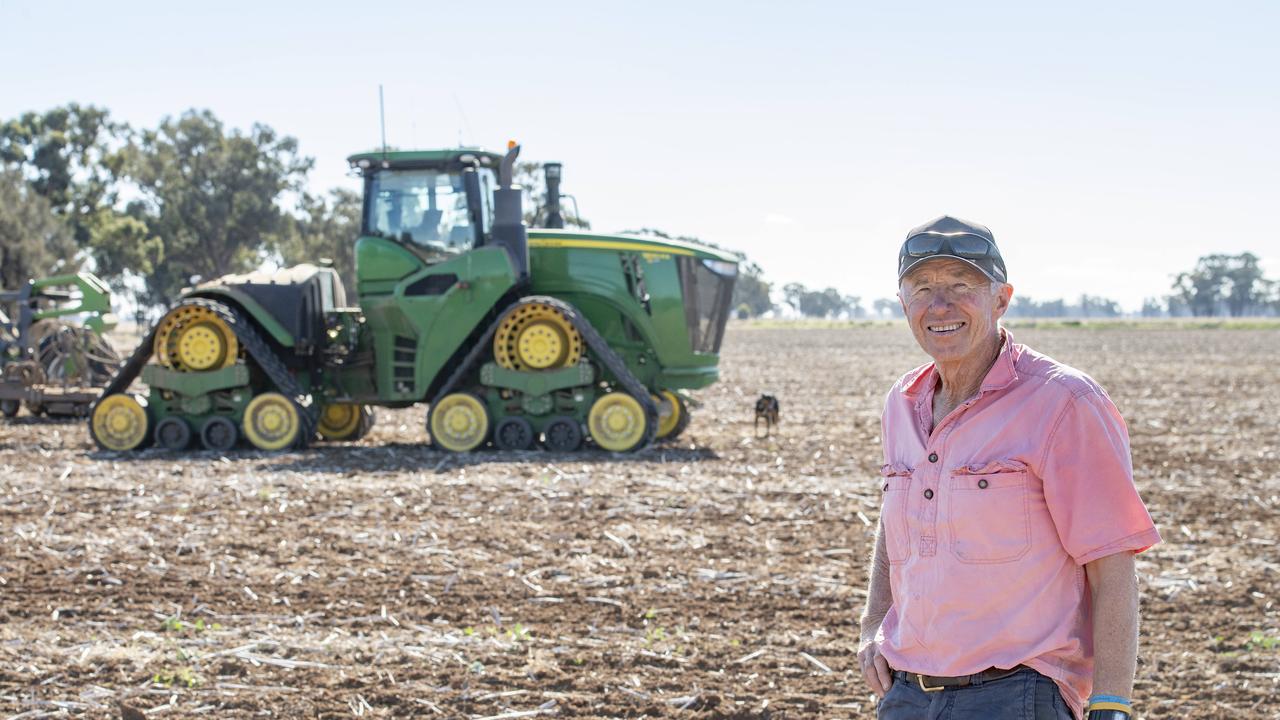A new tool show producers why El Ninos and La Ninas don’t match rain, stock patterns
A new tool from the MLA has been released to help producers step beyond the headings of El Nino or La Nina forecasts.

El Nino and La Nina climatic events do not always match expectations on what rain falls, when and where, and the nation’s herd and flock numbers do not always ebb and flow exactly in line with rainfall.
This complicated dynamic is the focus of a new tool, released by Meat and Livestock Australia to help producers step beyond the headings of weather forecasts.
MLA senior analyst Erin Lukey said the visual comparison what factors influence rainfall patterns were – the Indian Ocean Dipole (IOD) and El Niño-Southern Oscillation (ENSO) – viewed alongside the herd and flock numbers and rainfall, year on year, was a handy visual tool.
She said it showed how complicated climatic dynamics were and that it was not as simple as the idea that El Nino always led to droughts and La Nina’s led to wet years.
“What it shows is it doesn’t always match up,” Ms Lukey said.
Currently, the Bureau of Meteorology’s 2024 autumn forecast shows most of Australia has at least an 80 per cent chance of above-average temperatures and an equal chance of above or below-median rainfall.

And that the tropical Pacific Ocean has returned to El Niño-Southern Oscillation-neutral, indicating that Australia was no longer in an active El Niño period, with forward-looking climate models indicating it would likely continue neutral until at least July 2024.
Ms Lukey said while forecasts were an important aspect of market analysis in agriculture, it was essential to understand their dynamic nature.
“There is not always an obvious link between El Niño and La Niña events and intense dry or wet periods,” she said.
The drought of 2019 was a clear example of how drought occurred without El Nino activity.
And, as the graphic on this page shows, in 2015, there was an El Niño event and positive IOD, which is frequently thought to cause extremely low rainfall. But, 2015 rainfall results were relatively normal across the country.
The comparative graphic also shows the reactive nature of the herd and flock size to consecutive wet periods and dry seasons.
Ms Lukey said after the events of 2019, producers were nervous about conditions and when an El Nino was thought to be forming last year that lead to market volatility.
“In 2019 producers did hold onto stock and they got burnt, so when the forecasts came out saying El Nino could be coming, they were quick to destock,” she said.
“But following this year, (the industry) will also look back and reassess how it reacted.”
Ms Lukey said understanding the dynamics in the climatic forecasts was about “capacity building” within the sector.
“We need to try to explain (the dynamics) broader than the headlines and so we don’t hear El Nino and IOD then link in the word drought.”





